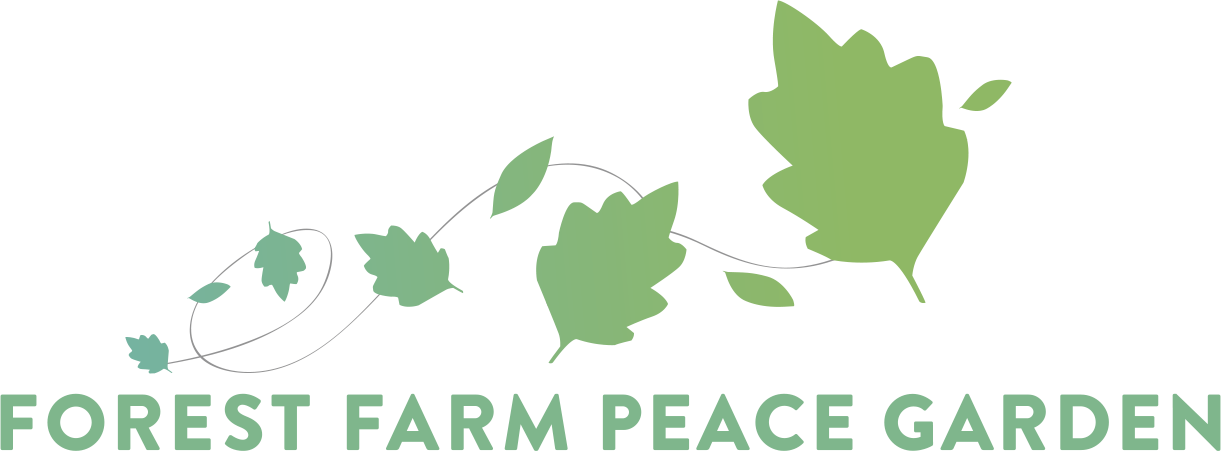Many parts of the plant are edible. Before the plant flowers, the tender inside of the shoots can be squeezed out and eaten raw or cooked. The starchy rhizomes are nutritious with a protein content comparable to that of maize or rice. Evidence of preserved starch grains on grinding stones suggests they were already eaten in Europe 30,000 years ago. They can be processed into a flour with 266 kcal per 100 grams, and are most often harvested from late autumn to early spring.
Holly
Holly provides dense cover and good nesting opportunities for birds, while its deep, dry leaf litter may be used by hedgehogs (Erinaceus europaeus) and small mammals for hibernation.
The flowers provide nectar and pollen for bees and other pollinating insects. The leaves are eaten by caterpillars of the holly blue butterfly (Celastrina argiolus), along with those of various moths, including the yellow-barred brindle (Acasis viretata), double-striped pug (Gymnoscelis rufifasciata) and the holly tortrix (Rhopobota naevana). The smooth leaves found at the tops of holly trees are a winter source of food for deer.
Ivy
Ivy’s cultural symbolism and uses are diverse. A yellow and a brown dye can be obtained from the twigs and a decoction of the leaves has been used to restore black fabrics and as a hair rinse to darken the hair. If the leaves are boiled with soda they are a soap substitute for washing clothes. An excellent ground cover for shady places, succeeding even in the dense shade of trees. A very effective weed suppresser a number of cultivars are used for ornamental purposes. Plants can be grown along fences to form a hedge. Plants have been grown indoors in pots in order to help remove toxins from the atmosphere.
Comfrey
A liquid feed, often known as ‘comfrey tea’, can be obtained by soaking the leaves in water for a week, excellent for potassium demanding crops such as tomatoes. The leaves are also a very valuable addition to the compost. A gum obtained from the roots was at one time used in the treatment of wool before it was spun.
Ice plant
The ice plant leaves make excellent succulent additions to a variety of dishes raw or cooked. They can be added to salads, stir fries, steamed, battered or in pickles and preserves. The taste is generally mild and agreeable, although some bitterness can be observed, especially in plants under stress.






